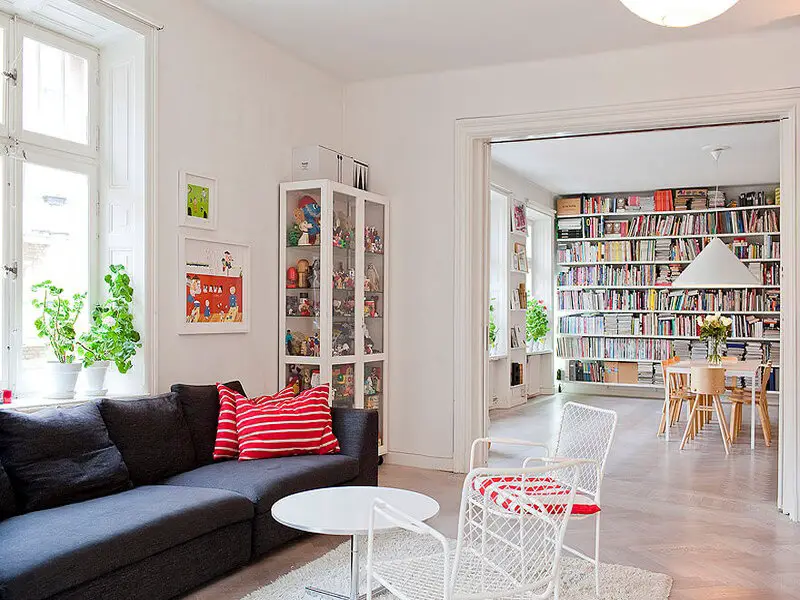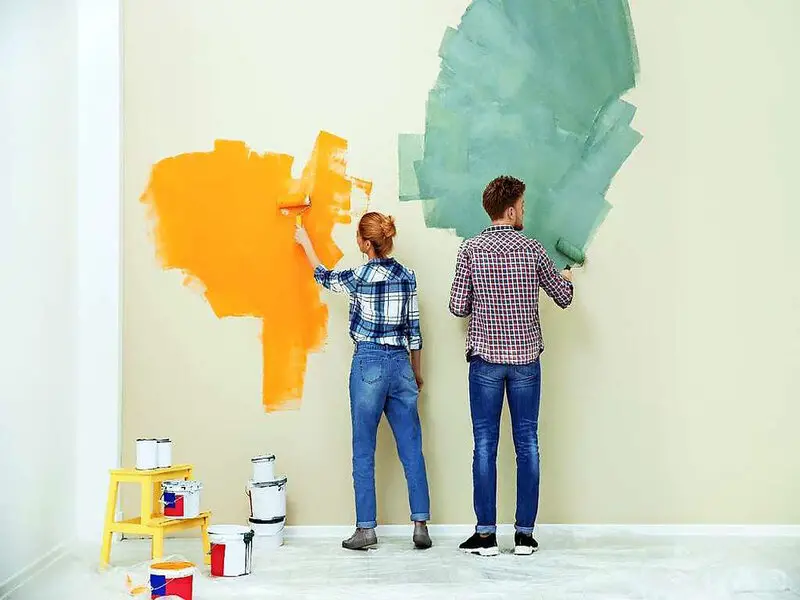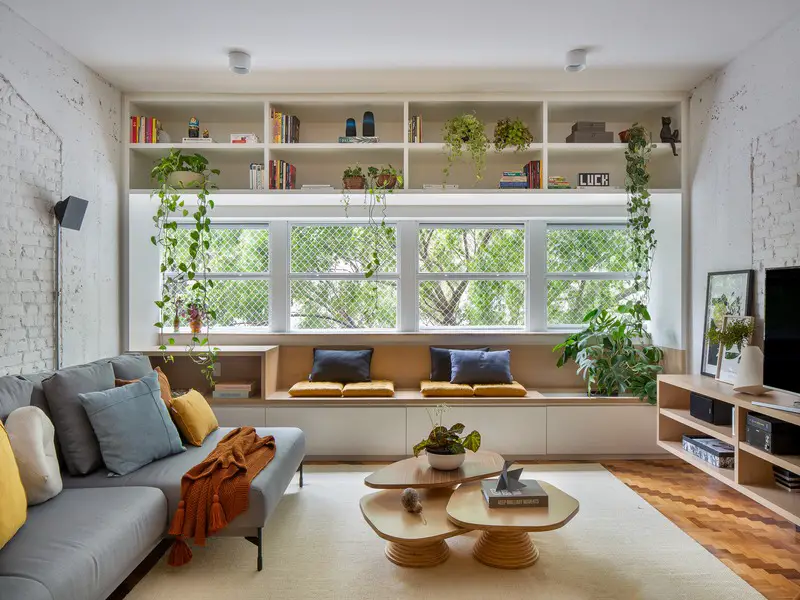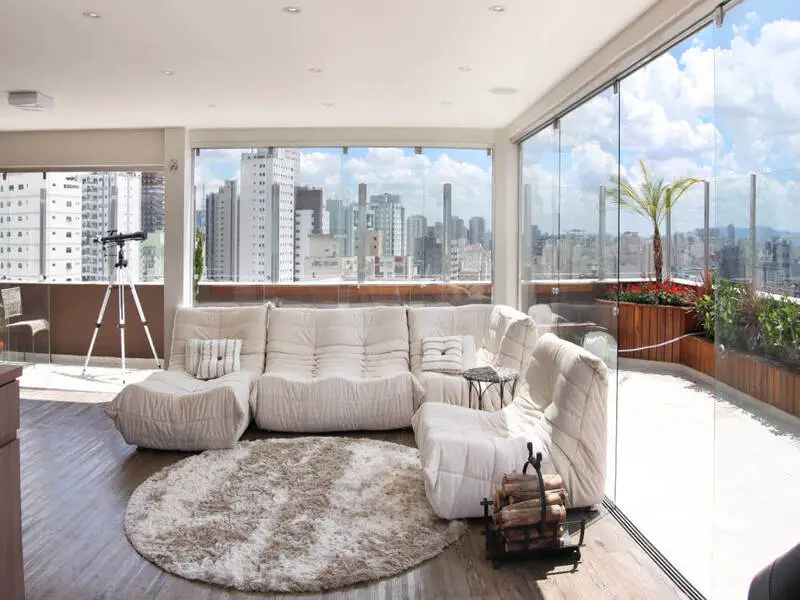Are you tired of traditional home decor styles and looking for something new and fresh? Look no further than Nordic style! This minimalist and cozy style originated in the Nordic countries, including Denmark, Sweden, and Norway, and has become increasingly popular worldwide in recent years. In this article, we will explore the elements of Nordic style and provide tips on how to incorporate this design into your home decor.
Understanding Nordic Style
Understanding Nordic style is essential if you want to incorporate this design movement into your home decor. As mentioned earlier, Nordic style emerged in the early 20th century in the Nordic countries, including Denmark, Sweden, Norway, and Finland. The design movement was a response to the harsh Nordic climate and the need for warm and cozy living spaces.
One of the key characteristics of Nordic style is its minimalism. Nordic design emphasizes simplicity and functionality, with a focus on clean lines and uncluttered spaces. This minimalist approach creates a sense of calm and order, making it an ideal choice for those who value a tidy and organized home.
Another crucial aspect of Nordic style is its use of natural materials. Nordic design embraces the beauty of nature, and incorporates natural materials such as wood, stone, and leather into furniture, accessories, and even wall treatments. These materials add warmth and texture to a space, and emphasize the connection to nature, which is an important aspect of Nordic culture.
Nordic style also emphasizes the use of light colors, such as white, gray, and beige. These colors create a bright and airy atmosphere that is essential in achieving a cozy and inviting space. Nordic style also incorporates warm lighting, such as soft and warm light fixtures and candles, to create a comfortable and inviting atmosphere.
In terms of furniture, Nordic style emphasizes simplicity and functionality. Clean lines and simple shapes are key characteristics of Nordic furniture design, with a focus on pieces that are both practical and aesthetically pleasing. This approach creates a space that is both beautiful and functional, making it an ideal choice for those who value a practical and comfortable home.
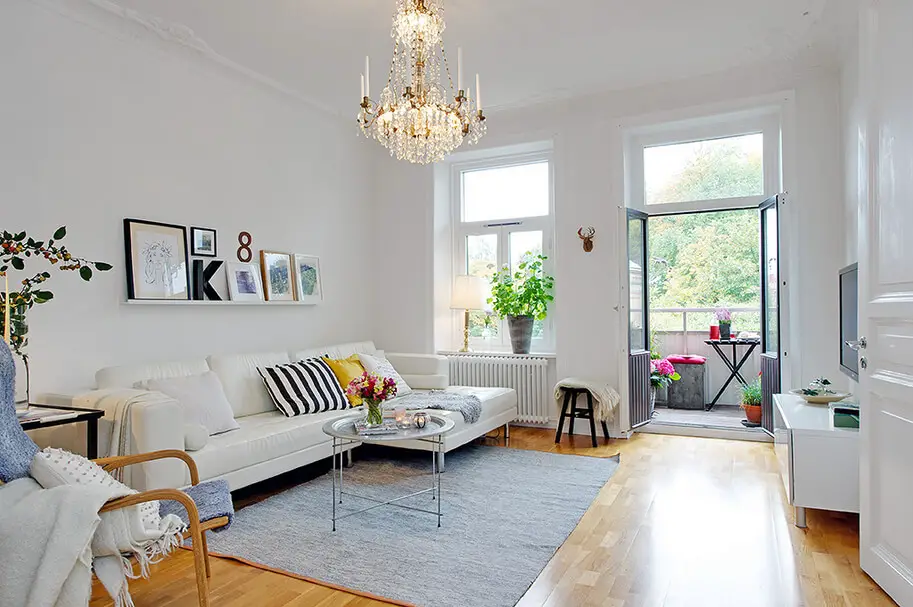
Key Elements of Nordic Style
Colors
Nordic style embraces a color palette that is muted, calm, and soothing. The use of light and neutral colors creates an atmosphere of tranquility, which is perfect for those who want to relax and unwind in their homes. White is the most popular color in Nordic style, as it reflects natural light and makes the room feel brighter and more spacious. It’s often used for walls, ceilings, and floors, as well as for furniture and accessories.
Gray is another popular color in Nordic design, as it can add depth and contrast to a space while still maintaining a sense of calmness. Beige is also frequently used, as it creates a warm and cozy feel that’s perfect for bedrooms and living rooms. These colors can be combined with each other or with a few accent colors, such as blue, green, or yellow, to add interest and texture to a room.
When it comes to accent colors, Nordic style favors soft, pastel shades rather than bright, bold hues. These colors are often found in textiles, such as cushions, throws, and curtains, as well as in decorative accessories, such as vases, candles, and artwork. They add a subtle pop of color without overwhelming the space or detracting from the overall minimalist aesthetic.
Textures
Textures are a crucial component of Nordic style and can transform a room from feeling stark and sterile to warm and inviting. Nordic design favors natural and organic textures that are both tactile and visually appealing. These textures help create a sense of coziness and comfort, which is essential to Nordic design.
One of the most popular textures in Nordic style is wool. It’s often used for blankets, throws, and pillows, as well as for upholstery on furniture. Wool adds a layer of softness and warmth to a space, making it feel cozy and inviting. It’s also a durable material that can withstand the harsh Scandinavian winters.
Linen is another texture commonly used in Nordic design. It’s a lightweight and breathable material that’s perfect for bedding, curtains, and tablecloths. Linen adds a subtle texture and a relaxed, effortless feel to a space. It’s also an eco-friendly material that’s easy to care for and can last for years.
Fur is a luxurious texture that’s often used as an accent in Nordic style. It can add a touch of glamour and sophistication to a room, especially when used sparingly. Fur is commonly used for throws, cushions, and rugs, as well as for upholstery on chairs and sofas.
Other textures commonly found in Nordic style include wood, leather, and concrete. These materials add a sense of natural warmth and texture to a space. Wood is often used for flooring, furniture, and accessories, while leather adds a touch of elegance and durability to chairs and sofas. Concrete is a material that’s commonly used for flooring, walls, and countertops, adding a modern and industrial feel to a space.
Natural Materials
The use of natural materials is a fundamental aspect of Nordic style, which emphasizes the connection between the interior of a space and the natural world outside. Natural materials add warmth and texture to a space, making it feel more inviting and comfortable.
Wood is one of the most commonly used natural materials in Nordic design. It’s often used for flooring, furniture, and accessories, such as bowls and picture frames. Different types of wood, such as oak, birch, and pine, add their unique characteristics to the design, creating a sense of natural beauty and diversity. Wood has a timeless appeal that adds a touch of warmth and coziness to any space.
Stone is another natural material that’s often used in Nordic style. It’s commonly used for flooring, countertops, and walls. Stone adds a sense of solidity and durability to a space, while also creating a natural and organic texture. It can be used to create a dramatic contrast with the warm, natural hues of wood, or to create a serene, monochromatic feel when paired with light-colored walls.
Leather is a third natural material that’s frequently used in Nordic design. It’s often used for chairs, sofas, and other furniture pieces, adding a sense of elegance and sophistication to a space. Leather is a durable material that develops a beautiful patina over time, making it a favorite of many designers.
Other natural materials that are commonly used in Nordic design include sheepskin, wool, and cotton. These materials add texture and warmth to a space, creating a cozy and inviting atmosphere.
Lighting
Lighting is a critical aspect of Nordic style, as it plays a significant role in creating a warm and inviting atmosphere in a space. The style favors the use of natural light, but when it’s not available, lighting fixtures such as lamps and candles are used to create a cozy ambiance.
In Nordic design, windows are often left uncovered to maximize natural light. When using curtains, they are usually made of light, sheer materials that allow sunlight to filter through. Additionally, windows are often painted white or left unpainted to reflect as much natural light as possible.
To enhance the warm and inviting atmosphere, Nordic style incorporates warm and soft lighting fixtures, such as lamps and candles. Table lamps, floor lamps, and wall sconces are common types of lighting fixtures used in Nordic design. These fixtures provide a soft and warm glow that creates a cozy and relaxing ambiance. They also add an element of visual interest to a space, as Nordic design often incorporates unique and stylish lighting fixtures as a focal point.
Candles are also a popular lighting source in Nordic design. They create a warm and comforting atmosphere and add a touch of elegance to a space. The use of candles is often reserved for special occasions, such as dinner parties or holiday gatherings.
Simple and Functional Furniture
Simplicity and functionality are important principles in Nordic style furniture design. Nordic design favors furniture that is practical, aesthetically pleasing, and can be used for multiple purposes.
Clean lines and simple shapes are characteristic of Nordic furniture design. The style favors furniture with minimal ornamentation, preferring instead to let the beauty of the natural materials and the design speak for themselves. The use of geometric shapes, such as squares, rectangles, and circles, is also common in Nordic design.
Nordic style furniture is often designed with functionality in mind. For example, tables and chairs may be designed to be easily stored when not in use, or they may incorporate storage space within their design. Additionally, Nordic design furniture is often designed to be versatile, meaning that it can be used in multiple rooms or settings.
Nordic furniture design also emphasizes the use of natural materials, such as wood and leather. The materials are chosen for their durability, sustainability, and aesthetic qualities. The furniture is often designed to last for years, with a focus on quality craftsmanship and timeless design.
Tips for Incorporating Nordic Style into Your Decoration
Embrace Minimalism
One of the most important tips for incorporating Nordic style into your decoration is to embrace minimalism. This means keeping things simple and clutter-free, with a focus on functionality and practicality.
Use Light Colors
Using light colors, such as white, gray, and beige, is another important aspect of Nordic style. These colors create a bright and airy atmosphere, which is essential for achieving a cozy and inviting space.
Use Natural Materials
Nordic style is all about bringing the outdoors in, so incorporating natural materials into your decor is a must. Wood, stone, and leather are all popular choices and can be used in furniture, accessories, and even wall treatments.
Create a Warm Atmosphere with Lighting
As mentioned earlier, lighting is crucial in Nordic style. Incorporate warm, soft lighting fixtures to create a cozy ambiance, and use natural light as much as possible. Consider adding candles or a fireplace to create a warm and inviting atmosphere.
Choose Simple and Functional Furniture
Incorporating furniture that is both functional and aesthetically pleasing is essential in Nordic style. Clean lines and simple shapes are key characteristics of Nordic furniture design, so choose pieces that are both practical and beautiful.
Bring Nature Indoors
Bringing natural elements into your home is a crucial aspect of Nordic style. Consider adding plants, flowers, or even a small herb garden to your space to bring in the natural beauty of the outdoors.
Mix and Match
Nordic style is all about creating a cozy, eclectic mix of textures and materials. Mix and match patterns and textures, but keep the color palette simple and neutral to maintain a cohesive look.
Conclusion
Incorporating Nordic style into your home decor is a great way to add a cozy and inviting atmosphere to your space. By embracing minimalism, using light colors, adding cozy textures and natural materials, creating a warm atmosphere with lighting, choosing simple and functional furniture, and bringing nature indoors, you can create a space that is both practical and aesthetically pleasing.

